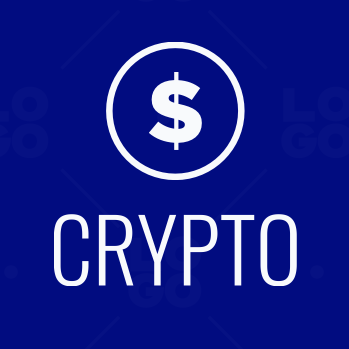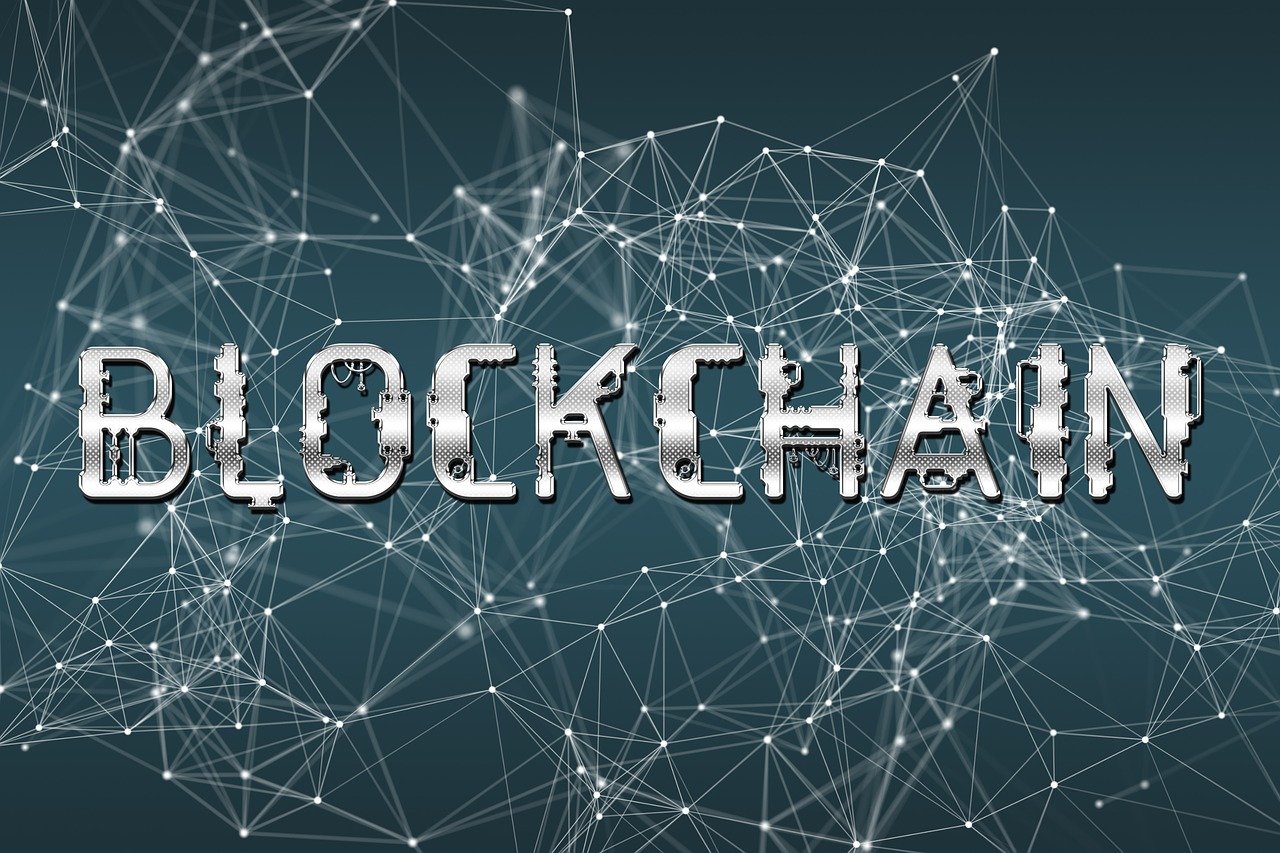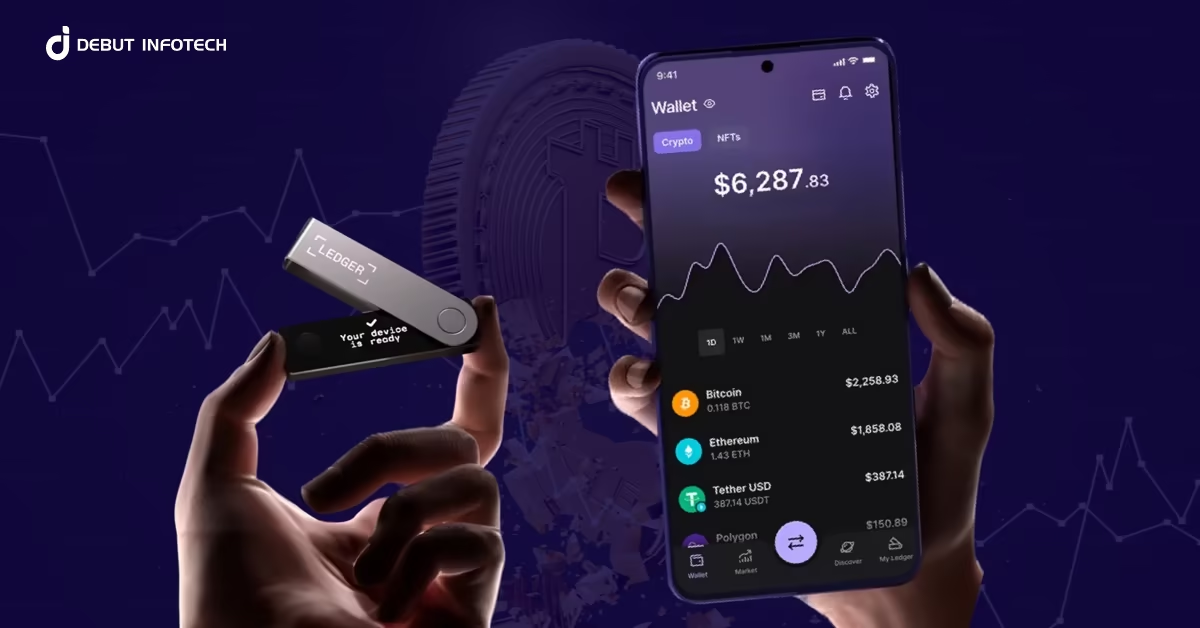Key Takeaways
- Leading DeFi projects in 2025 are reshaping global finance through transparency, yield opportunities, and cross-chain efficiency.
- Institutional interest and regulatory clarity are accelerating mainstream DeFi adoption.
- The next wave of DeFi emphasizes interoperability, real-world assets, and sustainable yields.
The Decentralized Finance Revolution: A 2025 Snapshot
In 2025, decentralized finance (DeFi) is no longer a fringe experiment—it’s the new backbone of digital finance. What began as an open-source alternative to traditional banking has evolved into a global ecosystem handling billions in total value locked (TVL). From lending and trading to insurance and synthetic assets, DeFi platforms are challenging the monopoly of legacy institutions by offering faster, permissionless, and transparent financial solutions.
This year, innovation in DeFi has accelerated beyond yield farming and liquidity pools. Cross-chain bridges, tokenized real-world assets, and on-chain governance have turned decentralized finance into a legitimate competitor to traditional markets. Below, we explore ten standout DeFi projects that are not just surviving regulatory shifts and market volatility—but actively redefining the rules of finance in 2025.
1. Aave: The Lending Powerhouse Reinvented
Aave continues to lead the DeFi lending landscape, providing permissionless markets where users can lend and borrow crypto assets with variable or stable interest rates. In 2025, Aave’s GHO stablecoin integration and multi-chain expansion to networks like Base and zkSync have cemented its dominance. Its push toward institutional DeFi—enabling compliant, KYC-enabled liquidity pools—bridges traditional finance with decentralized systems.
2. Uniswap: The Automated Market Maker That Keeps Evolving
Uniswap remains a cornerstone of decentralized trading. The platform’s v4 upgrade, launched in 2025, introduced customizable “hooks” that allow developers to create tailored trading environments—ushering in a new era of DEX innovation. Its cross-chain swaps and fee-sharing mechanisms continue to make it a preferred choice for traders and liquidity providers alike.
3. MakerDAO: The Real-World Asset Pioneer
MakerDAO, the creator of the DAI stablecoin, has taken a bold leap into real-world asset (RWA) integration. By backing DAI with tokenized treasury bills and corporate debt, MakerDAO is creating stable, yield-generating reserves that blur the line between DeFi and traditional finance. In 2025, Maker’s Endgame Plan continues to strengthen its governance model, increasing decentralization and long-term sustainability.
4. Lido Finance: Powering Liquid Staking Dominance
As Ethereum staking becomes more accessible, Lido Finance remains at the forefront of liquid staking derivatives (LSDs). The protocol allows users to stake ETH and receive stETH, a liquid asset used across DeFi platforms. In 2025, with Ethereum’s continued scalability improvements, Lido’s dominance in staking yield has only grown, contributing to a more secure and decentralized Ethereum network.
5. Curve Finance: The Stablecoin Specialist
Curve Finance’s focus on efficient stablecoin trading has made it indispensable for DeFi liquidity. The 2025 rollout of crvUSD, its native overcollateralized stablecoin, expands Curve’s ecosystem and provides users with a safer way to generate liquidity. The protocol’s commitment to low-slippage trading and DAO-driven governance continues to attract DeFi veterans and institutions alike.
6. Arbitrum: Scaling DeFi for the Masses
Arbitrum isn’t just an Ethereum Layer-2—it’s become the de facto home for scalable DeFi applications. With its robust ecosystem hosting hundreds of dApps, from perpetual trading platforms to yield protocols, Arbitrum has drastically reduced transaction costs while maintaining Ethereum-level security. In 2025, it’s leading the charge for interoperability, enabling smooth asset movement across chains.
7. Synthetix: The Derivatives Engine of DeFi
Synthetix remains a leader in decentralized derivatives, allowing users to trade synthetic assets that mirror real-world assets like gold, stocks, and fiat currencies. In 2025, its V3 upgrade introduces modular architecture, making it easier for developers to build derivative products on top of the protocol. As more investors seek exposure to tokenized financial instruments, Synthetix is bridging DeFi and traditional markets.
8. Chainlink: The Oracle Backbone of DeFi
No DeFi ecosystem functions without accurate data feeds—and that’s where Chainlink continues to reign. By delivering reliable on-chain data, Chainlink underpins everything from lending to insurance. Its Cross-Chain Interoperability Protocol (CCIP), fully operational in 2025, connects multiple blockchains seamlessly, facilitating real-world asset transfers and cross-chain DeFi operations.
9. PancakeSwap: DeFi for the Multichain Era
Built initially on BNB Chain, PancakeSwap has expanded into a multichain powerhouse. With a focus on accessibility, gamification, and yield opportunities, it’s one of the most user-friendly DEXs available. In 2025, its NFT marketplace and prediction markets attract both casual users and advanced DeFi participants looking for diversified yield opportunities.
10. Compound Finance: Smarter, Safer Lending Protocols
Compound remains a trusted player in the DeFi lending sector. The launch of Compound v4 brings greater efficiency and improved risk management through its “Comet” architecture. With the addition of real-world collateral and more dynamic interest models, Compound continues to offer sustainable yield opportunities to both retail and institutional participants in 2025.
The Bigger Picture: Regulation, Integration, and the Road Ahead
DeFi’s evolution is being shaped not only by technology but also by increasing regulatory attention and institutional participation. By 2025, frameworks in the U.S., Europe, and Asia are beginning to provide clarity for DeFi operations—encouraging compliant innovation rather than stifling it. Major financial institutions are experimenting with DeFi rails to tokenize bonds, equities, and currencies, ushering in the next wave of “Institutional DeFi.”
The integration of real-world assets (RWAs), liquid staking, and cross-chain solutions points toward a more interconnected and resilient financial ecosystem. As global users demand transparency and yield without intermediaries, these top DeFi projects are providing the infrastructure to meet that demand.
Conclusion: DeFi in 2026—Where Finance Truly Decentralizes
By 2026, decentralized finance is projected to surpass its previous records in total value locked, user adoption, and institutional integration. The innovations introduced by today’s leading projects—Aave, MakerDAO, Uniswap, and others—are not merely experiments but foundational layers of the next-generation financial system.
As traditional finance continues to grapple with inefficiency and limited accessibility, DeFi offers a compelling alternative—open, programmable, and borderless. For investors, developers, and institutions alike, the message is clear: the future of finance is decentralized, and it’s unfolding now.




